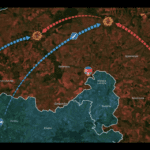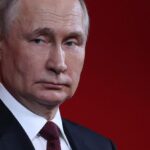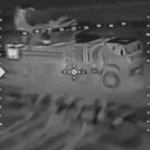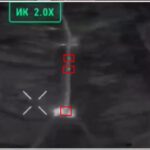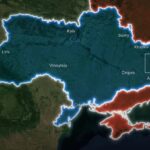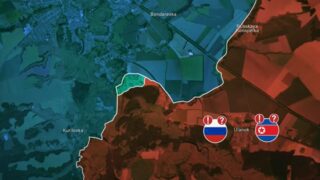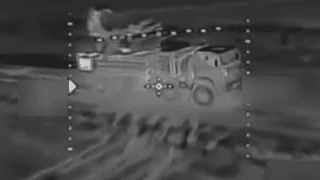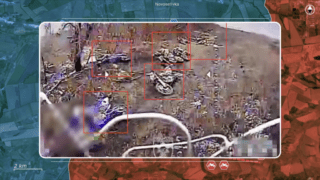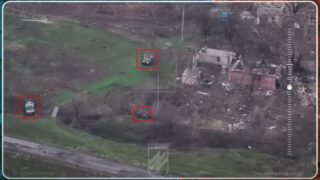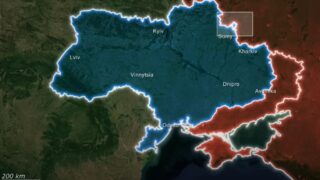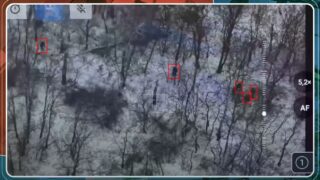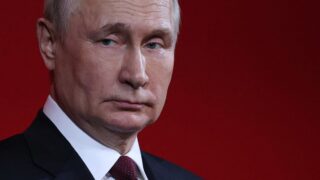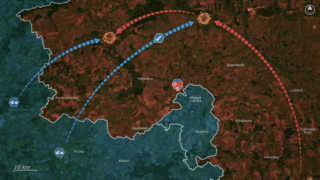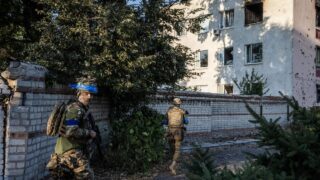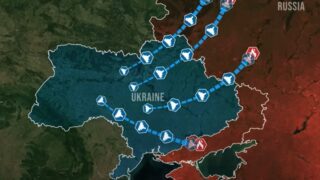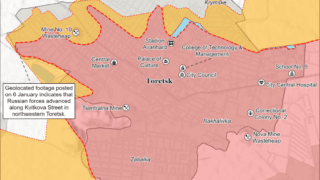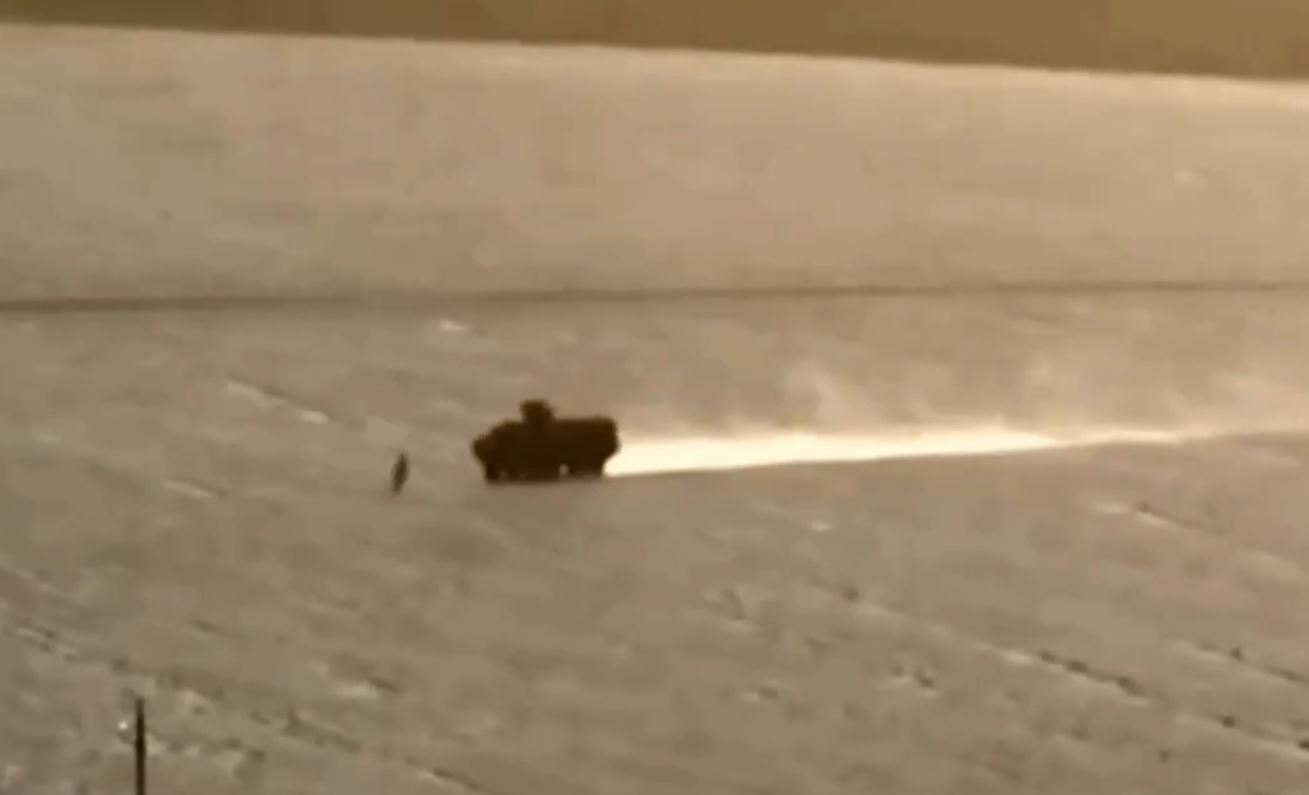
Ukrainian Stryker crew runs over Russian soldier in Kursk Oblast attack
During Ukraine’s ongoing new offensive in Russia’s Kursk Oblast, drone surveillance captured footage of a Ukrainian Stryker infantry fighting vehicle pursuing and running over at least one Russian soldier in snowy conditions, Forbes reports.
Ukrainian forces launched an offensive operation in western Russia’s Kursk Oblast on 6 January 2025, advancing up to three kilometers despite being outnumbered three-to-one. The operation, led by Ukraine’s independent air assault forces, began from Ukrainian positions on the northern edge of their 650-square-kilometer salient in the region. Intense combat erupted near the village of Berdin, with both sides engaging in close-quarter combat using short-range grenade launchers while under constant drone attacks.
The Ukrainian 19-ton Stryker infantry fighting vehicle, operated by a two-person crew, reportedly maneuvered deliberately to engage exposed Russian personnel in the field. Sources indicate it exhausted its ammunition, necessitating this unconventional form of attack.
Forbes says that the isolated position of the Russian soldiers might be explained by the rapid Ukrainian advance, which potentially succeeded in cutting off outlying Russian positions – a situation characteristic of the battle for Kursk since Ukraine’s invasion of the oblast in August.
Footage from another angle shows one of the Stryker’s crew also engaging the Russian serviceman with small arms.
Drawing historical parallels, Forbes notes that historian Rick Atkinson highlights the challenges of fostering hatred among troops in his work An Army At Dawn. He reflects on the US Army’s early struggles during the 1942 North African campaign, where a lack of animosity toward the enemy contributed to initial setbacks against Nazi Germany. General George Patton, a prominent leader in the campaign, expressed his need for officers who could “sweat, get mad and think at the same time,” along with soldiers possessing “an adequate hatred of Germans,” Atkinson notes.
“The Ukrainians, many of whom were civilians as recently as three years ago and joined the military only after Russia widened its invasion of Ukraine in February 2022, may have been quicker to internalize that vital hatred of a foreign attacker,” Fobes wrote.
Related:


